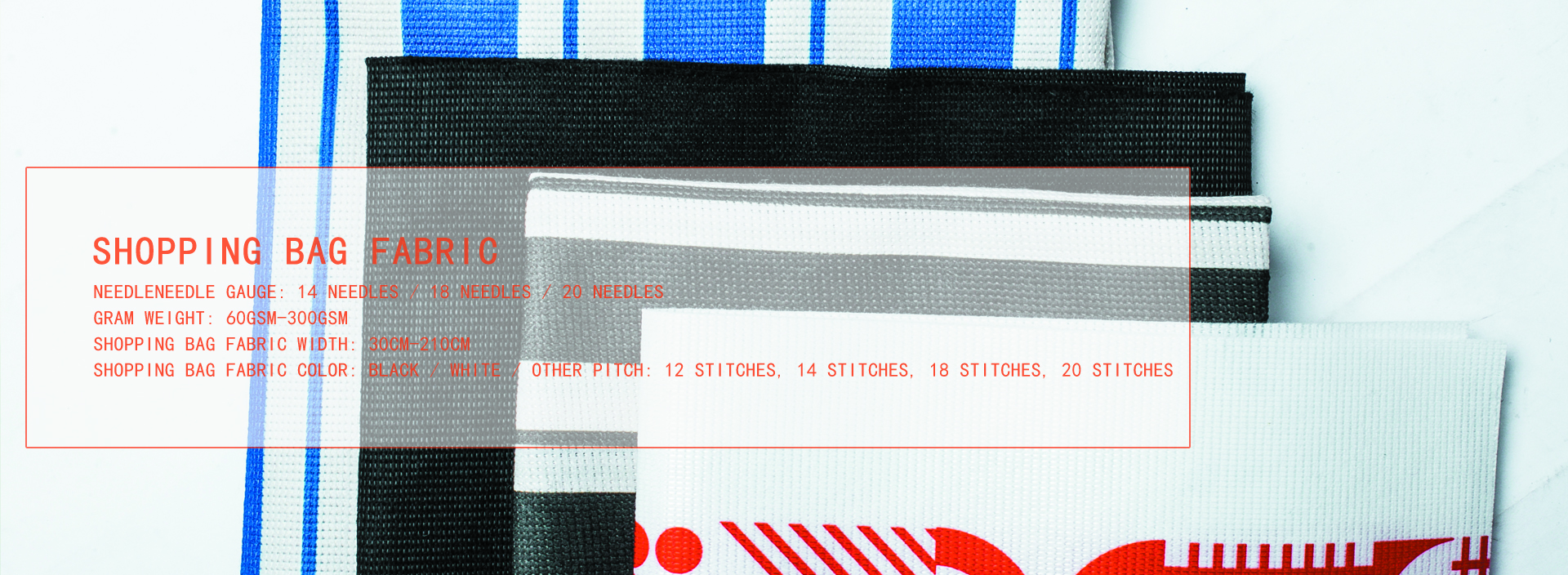
Before laying the composite geomembrane, the excavation and inspection of the exhaust trough, the cleaning and leveling of the bottom of the warehouse and the inclined surface must be completed.
Composite geomembrane is widely used in irrigation projects and is a new type of anti-permeability material used to treat roadbed diseases. Due to its excellent anti-permeability, excellent frost resistance, convenient structure and low engineering cost, it is expected to be widely used in road disease management in the future.
In the process of purchasing composite geomembrane, it is necessary to select a composite geomembrane product that meets the specific project and has operational performance according to the characteristics of the project, design plan and related inspection and test regulations.
Geomembrane is a flexible geosynthetic impermeable material, and the stability of its underlying support layer is one of the keys to the safety of geomembrane. If the underlying support layer has obvious uneven deformation and local erosion, the geomembrane will be partially torn, forming a leakage channel, threatening the safety of the project.
The composite geomembrane is composed of one layer of geotextile and one layer of hdpe geomembrane or two layers of hdpe geomembrane. The geomembrane is a layer of hdpe film. What is the difference between the two? Geotextiles only need thermal fusion materials, and composite geotextiles need stitched geotextiles.
Do you know? As the name suggests, geotextiles are industrial "cloths" formed by weaving and synthetic fibers. They are generally divided into woven and non-woven fabrics. Textile means that the raw materials are woven by traditional machines. Non-woven fabric refers to the bonding of raw materials into a cloth shape by thermal melting or other physical methods. The most common wet wipes use non-woven materials. Geomembrane is similar to plastic bags that are common in life. The main material is polyethylene and EVA (ethylene acetic acid copolymer), the same as the usual plastic bags. Different thicknesses are used to distinguish specifications. When the thickness exceeds 0.8mm, it is called "geoboard".